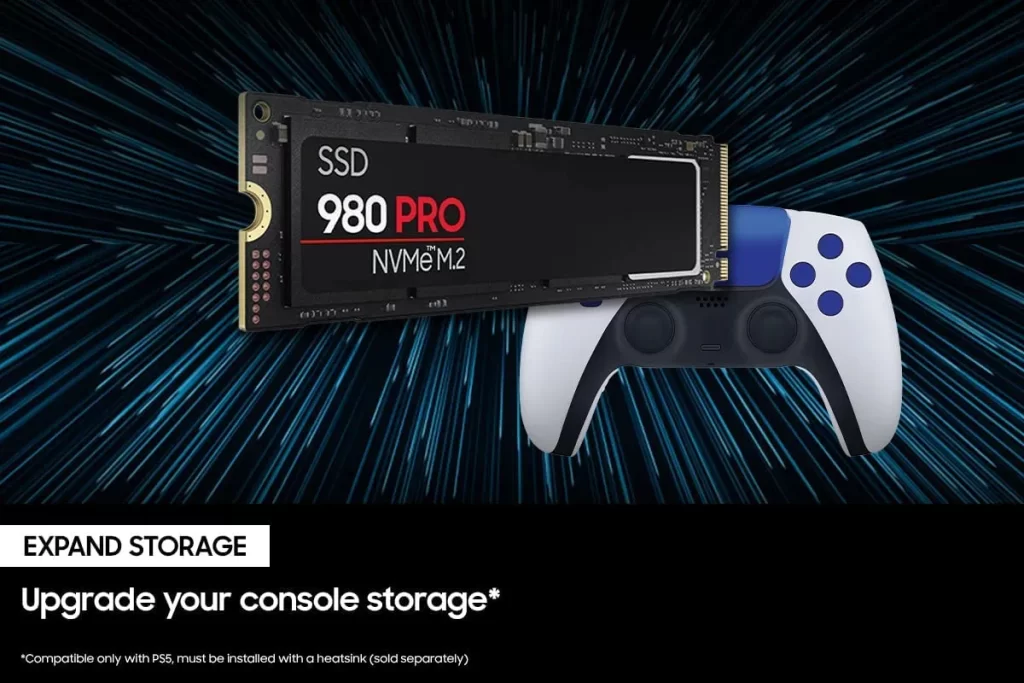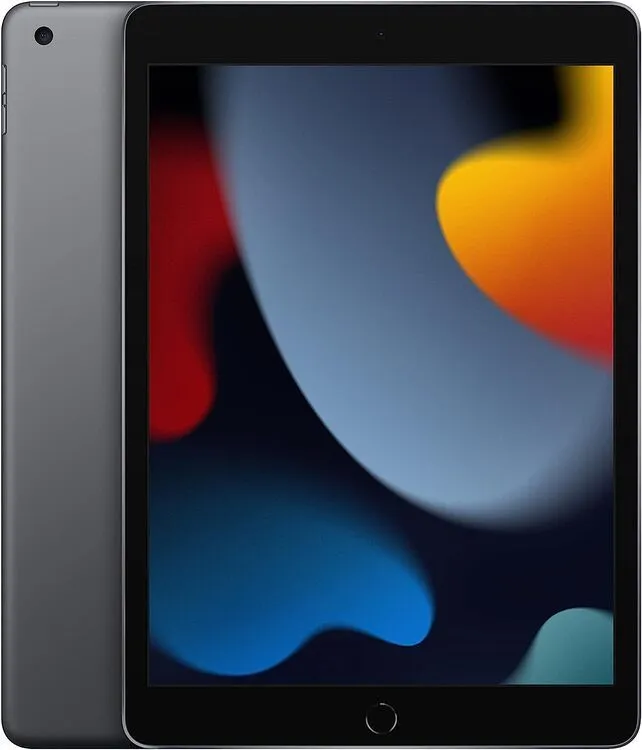Visual Reviews: A Look at the Aesthetics and Design of the Best Products

When it comes to products, aesthetics, and design play a crucial role in capturing the attention of consumers. In today’s competitive market, where countless options are available, visual appeal can be the deciding factor in a consumer’s purchasing decision. This article aims to delve into the importance of aesthetics and design in product reviews, highlighting the industry standards and best practices to provide competent, professional, and authoritative insights.
The Power of Visual Appeal
Human beings are naturally drawn to visually pleasing objects. Aesthetics and design have a profound impact on our perception and emotional response to products. An attractive design can evoke positive feelings, enhance user experience, and create a strong connection between the consumer and the product. Therefore, it is crucial for reviewers to consider the visual appeal of a product when evaluating its overall quality.

Key Elements of Aesthetics and Design
1. Form and Shape
The form and shape of a product play a significant role in its visual appeal. Whether it’s a sleek and modern smartphone or an elegantly contoured piece of furniture, the form and shape should be harmonious and pleasing to the eye. Reviewers should assess how well the design aligns with the intended purpose and target audience, as well as its ergonomic aspects, ensuring a comfortable and intuitive user experience.
2. Color and Material
Color and material choices greatly impact the visual impression of a product. Vibrant colors can create a sense of energy and excitement, while muted tones can convey elegance and sophistication. The choice of materials, such as metal, glass, or wood, not only affects the aesthetic appeal but also influences the perceived quality and durability. Reviewers should evaluate the appropriateness of color schemes and materials based on the product’s intended use and target market.
3. Typography and Graphic Design
In products that involve digital interfaces or packaging, typography, and graphic design play a crucial role. Clear and legible typography ensures that information is easily readable, while visually appealing fonts can add character and enhance the overall design. Graphic elements, such as icons, illustrations, and visual hierarchy, should be thoughtfully incorporated to facilitate intuitive navigation and convey information effectively. Reviewers should assess the coherence and visual consistency of the typography and graphic design elements.

Industry Standards and Best Practices in Visual Reviews
To provide competent, professional, and authoritative visual reviews, it is essential to follow industry standards and best practices. Here are some guidelines for reviewers to consider:
1. Objective Evaluation
Reviewers should strive for objectivity when evaluating the aesthetics and design of a product. Personal preferences may vary, but it is crucial to analyze the design elements based on established principles of aesthetics and design theory. By focusing on the overall quality, coherence, and functionality of the design, reviewers can provide unbiased assessments.
2. Contextual Analysis
Understanding the context in which the product exists is paramount. Reviewers should consider factors such as the intended audience, market competition, and industry trends. By contextualizing the design within its relevant environment, reviewers can offer valuable insights regarding the product’s uniqueness, market positioning, and potential impact on consumers.
3. User Experience Perspective
Aesthetics and design are inseparable from the user experience. Reviewers should evaluate the product’s design from the perspective of end-users, considering aspects such as usability, accessibility, and emotional appeal. By addressing how the design influences the overall user experience, reviewers can provide a holistic assessment of the product’s visual qualities.
4. Attention to Detail
In visual reviews, attention to detail is crucial. Reviewers should examine the finer aspects of the product’s aesthetics and design, including small-scale design elements, finishing touches, and material quality. A comprehensive evaluation that accounts for the smallest details ensures a thorough and insightful review.
5. Visual Representation
To effectively convey their assessments, reviewers should employ appropriate visual representation methods. High-quality images, illustrations, or videos can be utilized to highlight key design features and demonstrate the product’s visual appeal. Clear and concise captions and annotations should accompany these visuals to provide additional context and emphasize important aspects.

Conclusion
Aesthetics and design are integral components of product reviews, influencing consumers’ perceptions, emotional responses, and purchase decisions. By considering the key elements of aesthetics and design, adhering to industry standards and best practices, and providing competent, professional, and authoritative insights, reviewers can offer valuable guidance to consumers and contribute to the understanding and appreciation of visually appealing products.
Visual reviews go beyond personal preferences and delve into the principles and theories that underpin aesthetics and design. Through objective evaluations, contextual analysis, user experience perspectives, attention to detail, and appropriate visual representation, reviewers can shed light on the visual qualities that make products stand out in the competitive market landscape.







